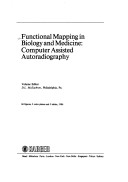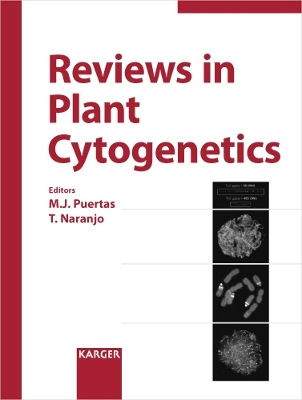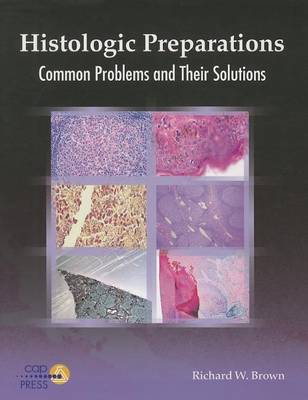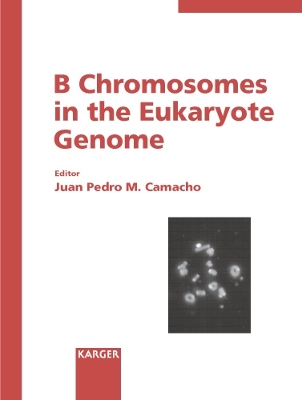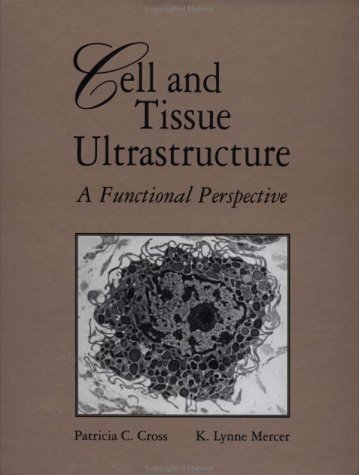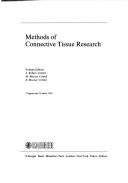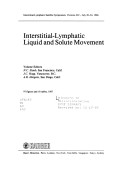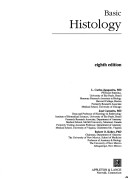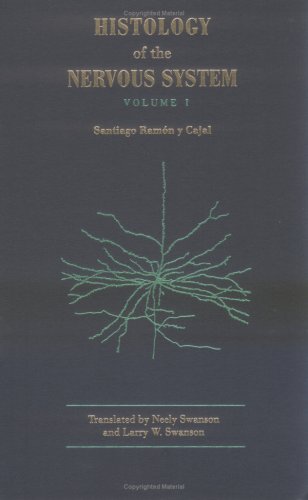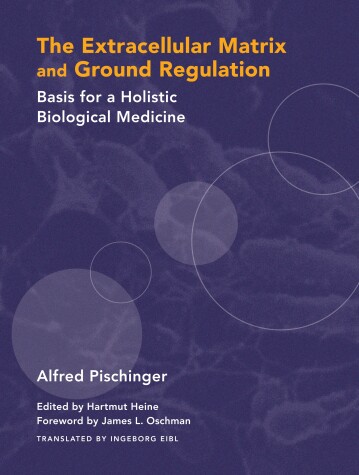Stem Cells and Progenitors in Liver Development (Colloquium Lectures on Stem Cell Biology)
by Marcus O Muench
Adult Neurogenesis: A Comparative Approach
This special issue of ‘Brain, Behavior and Evolution’ provides an authoritative overview of recent advances in the study of adult neurogenesis by adopting a comparative approach. In an introductory essay, Günther K.H. Zupanc highlights the historical landmarks which have led to the abolition of the ‘no new neurons’ dogma and stresses the importance of the comparative approach for an integrative appreciation of adult neurogenesis. In a second article, he reviews adult neurogenesis in teleost fis...
Submikroskopische Ortho- Und Pathomorphologie Der Leber / Submicroscopic Ortho- And Patho-Morphology of the Liver
by Heinz David
Grundlagen Der Histochemie, Teil II (Wissenschaftliche Taschenbucher, #102)
by Hans Luppa
Functional Mapping in Biology and Medicine: Computer Assisted Autoradiography (Issues in Biomedicine, #11)
by D. L. McEachron
Reviews in Plant Cytogenetics
Chromosomes represent the main focus of cytogenetics. One of the main challenges of modern-day cytogenetics is to unravel the relation between the genomic content and architecture of chromosomes and their genetic function. Plant species have provided an important contribution to the knowledge of chromosome evolution, and those with large chromosomes have often been used in the study of chromosome behavior. The rapid development of molecular tools in the last few years has greatly furthered advan...
Histologic Preparations: Common Problems and Their Solutions
by Richard W. Brown
Biobanking in the Era of the Stem Cell (Colloquium Stem Cell Biology)
by Ron Hart and Jennifer Moore
B Chromosomes in the Eukaryote Genome
B chromosomes are additional passengers found in the karyotypes of about 15% of eukaryote species. They are best understood as genome parasites exploiting the host genome because of their transmissional advantage, and are frequently deleterious for the organism carrying them. Since the last compilation of B chromosome literature more than 20 years ago, many new findings have contributed to building an increasing body of knowledge of these mysterious genetic elements. This single topic issue of C...
Matching the simplicity of an atlas with the comprehensiveness of a reference, this text provides an effective introduction to the cell ultrastructure of all tissues and organs. Text, diagrams, and micrographs work together, as the authors examine the relationship between cell structure and function within the overall context of tissue and organ structure.
Methods of Connective Tissue Research (Frontiers of Matrix Biology, #10)
by L. Robert
Interstitial-Lymphatic Liquid and Solute Movement (Advances in Microcirculation, #13)
by N. C. Staub
Morfología Y Función
by Gaston Camilo Abarzua de la Cerda, Gernica de la Paz Garcia Gorigoitia, Carlos Eduardo Llanos Diaz, and Susana Angelica Paez Venegas
Basic Histology (LANGE Basic Science)
by Luiz Carlos Uchaoa Junqueira, Jose Carneiro, and Robert O. Kelley
Gives students the most thorough understanding of cell and tissue biology, structure, and function is now revised and updated in a FULL-COLOR Tenth Edition!Reflecting the latest research in the field, the tenth edition provides students with a solid knowledge of how cell and tissue structures are linked with their functions. This book examines the structure and function of cells, the four basic body tissues, and each organ and organ system of the human body. Throughout, cell biology is emphasize...
A Practical Guide to the Histology of the Mouse provides a full-colour atlas of mouse histology. Mouse models of disease are used extensively in biomedical research with many hundreds of new models being generated each year. Complete phenotypic analysis of all of these models can benefit from histologic review of the tissues. This book is aimed at veterinary and medical pathologists who are unfamiliar with mouse tissues and scientists who wish to evaluate their own mouse models. It provides prac...
In terms of breadth, depth, and originality, this work ranked Cajal with Pasteur and Darwin as giants of 19th century biology. Summarizing almost 20 years of intense research, Cajal systematically described the cellular organization of almost every part of the nervous system in all five classes of vertebrate, and provided a synthetic account of their embryogenesis as well. This revolutionary work laid a broad foundation for modern neuroscience. Neuroscientists, neurologists, psychologists, com...
The workings of the suitable environment for cells—called the extracellular matrix (ECM) and ground regulation—has occupied the European medical tradition since the early part of the 20th century. As it has become more clear that the origin of disease and its first signals register in the connective tissue, or myofascia, cellular pathologists and biochemists have sought to circumscribe networks of cell communication and microcirculation in the ECM. Alfred Pischinger (1899-1982) continued...


